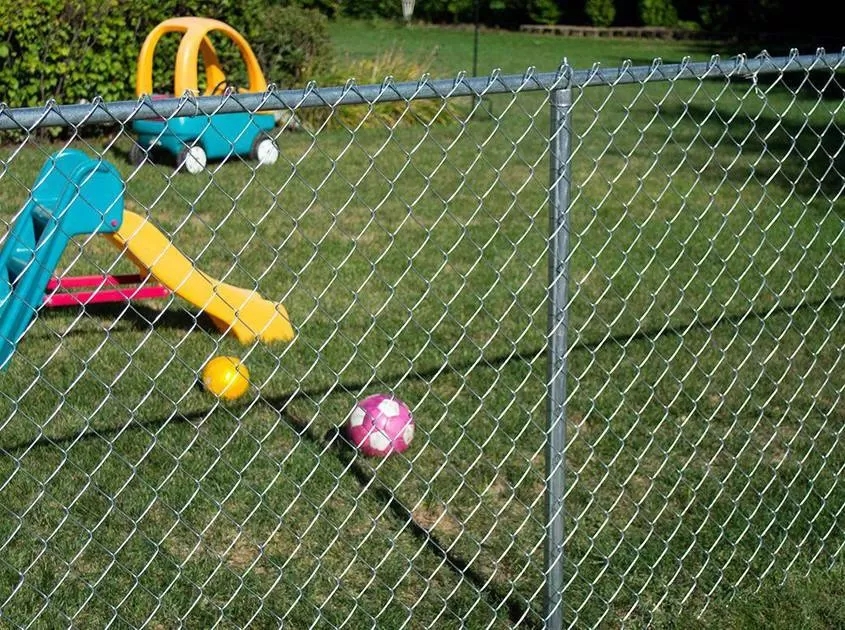
- Mobile Phone
- +8613931874955
- sales@cntcmetal.com
extension spring hook types
Understanding Extension Spring Hook Types
Extension springs are a fundamental component in various mechanical applications, providing tension and energy storage capabilities. They are commonly used in devices where pulling force is required, and their design plays a crucial role in determining their performance. One key aspect of extension springs that engineers need to consider is the type of hooks employed in their design. This article will explore different spring hook types, their characteristics, and the considerations to keep in mind when selecting the appropriate hook for your application.
What Are Extension Springs?
Before diving into hook types, it's essential to understand what extension springs are. Extension springs are coiled springs designed to operate under tension. They are created by coiling wire material into a helical shape, which provides resistance when the spring is pulled. The force exerted by the spring is proportional to its deformation, following Hooke’s Law. When the spring is extended, it stores potential energy, which can be released once the force is removed.
Importance of Hook Design
The hook design of extension springs significantly impacts their functionality and the overall performance of the mechanism they are part of. Hooks serve as the connection points between the spring and the load it acts upon. The choice of hook type influences factors like load distribution, ease of installation, and the spring's longevity.
Common Hook Types
1. Plain Hook This is the simplest type of hook, featuring an open end that is shaped to form a loop. Plain hooks are easy to manufacture and can accommodate a variety of load applications. However, their design may not be suitable for high-stress situations since they lack additional retaining features.
2. Crossed Hook This design involves a more complex shape, where the hook crosses over itself. Crossed hooks provide a better grip and are less likely to disengage under tension. This feature makes them particularly useful in applications with fluctuating loads.
3. Double Hook A double hook consists of two hooks extending from either end of the spring. This design allows for balanced force distribution and improved stability, making it ideal for situations where multiple attachment points are necessary.
extension spring hook types

4. Closed Hook Closed hooks have no open end, creating a secure attachment point that minimizes the risk of dislodgement. This feature makes them suitable for applications requiring consistent tension and reliability.
5. S-Hook Shaped like the letter ‘S’, this hook can be a versatile choice for various applications. It is easy to attach and detach, making it a popular option in settings where frequent adjustments are needed.
Considerations for Selection
When selecting an extension spring hook type, there are several factors to consider
- Load Requirements Understand the magnitude and type of load the spring will be subjected to. This will help determine the strength and type of hook required.
- Installation Space The available space for the spring and its hooks may limit your options. Ensure that the chosen hook type fits well within the designated area.
- Ease of Assembly Some hook designs allow for quicker assembly and disassembly, which may be crucial in applications that require regular maintenance or adjustments.
- Environmental Factors Consider whether the spring will be exposed to corrosive environments, high temperatures, or other challenging conditions. This can influence the material and design you choose.
Conclusion
Extension springs play a vital role in many mechanical systems, and the choice of hook type can significantly influence their performance and reliability. Understanding the various hook types and the specific requirements of your application can lead to better design choices and improved functionality. By considering load capacities, installation spaces, and environmental conditions, engineers can ensure that they select the most appropriate extension spring hooks for their needs.
share:
-
Your Source for Concrete Wall Ties and Masonry AccessoriesNewsJul.10,2025
-
Unlocking the Power of Iron Wire for Every ProjectNewsJul.10,2025
-
Explore Advanced Chain Wire and Stainless Steel Mesh FencingNewsJul.10,2025
-
Discover the Benefits of Annealed Wire ProductsNewsJul.10,2025
-
Discover China Stainless Steel Wire Mesh SolutionsNewsJul.10,2025
-
Build with Confidence Using High-Performance Masonry AccessoriesNewsJul.10,2025
-
Why Sacrificial Formwork Is Redefining Underground ConstructionNewsJun.06,2025



















